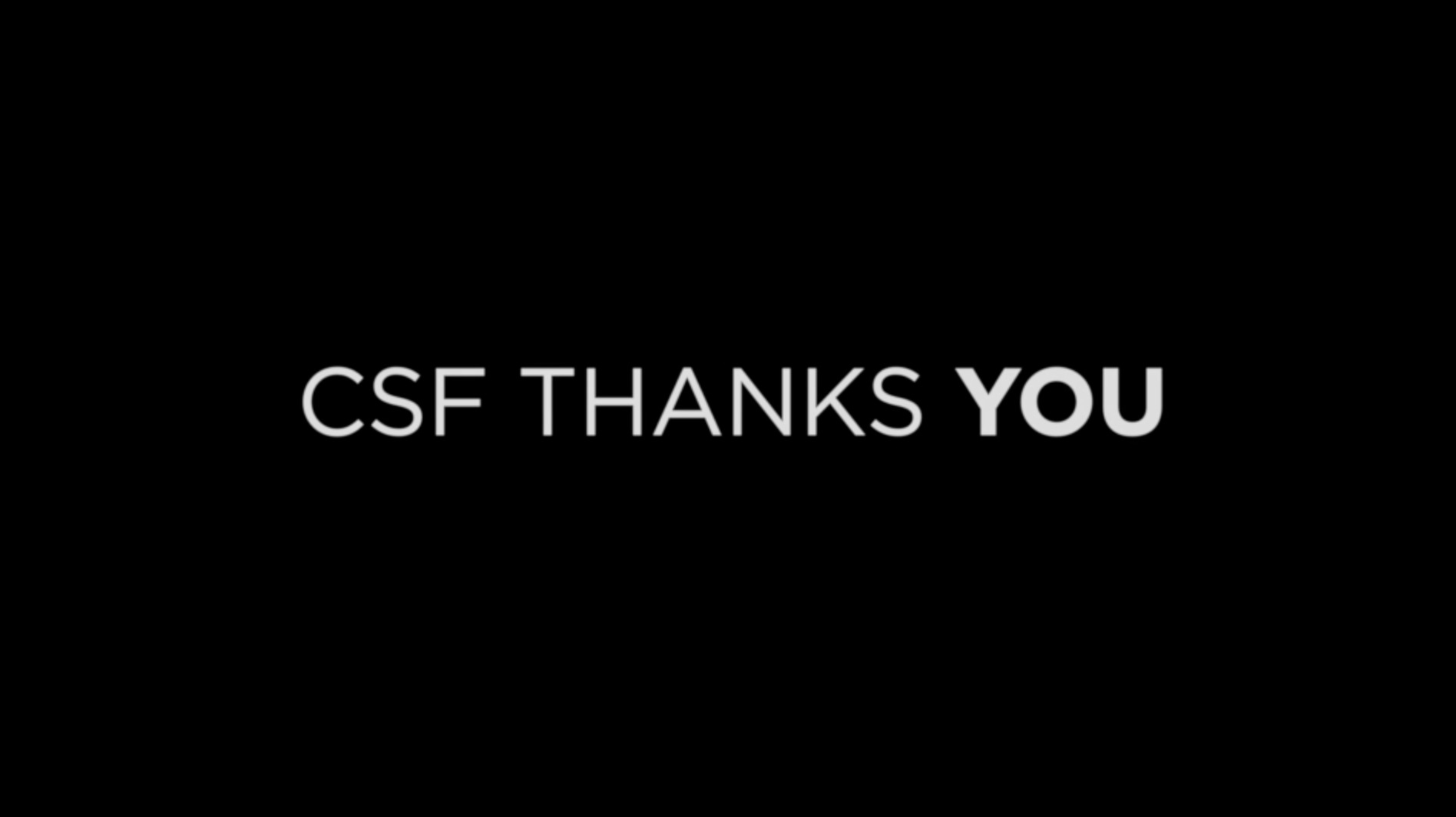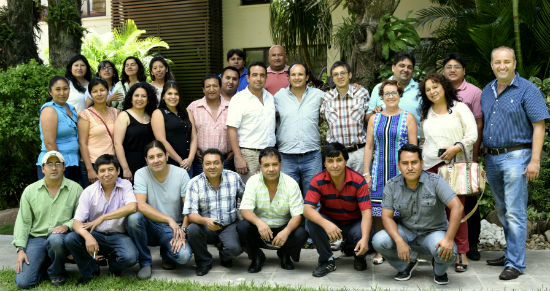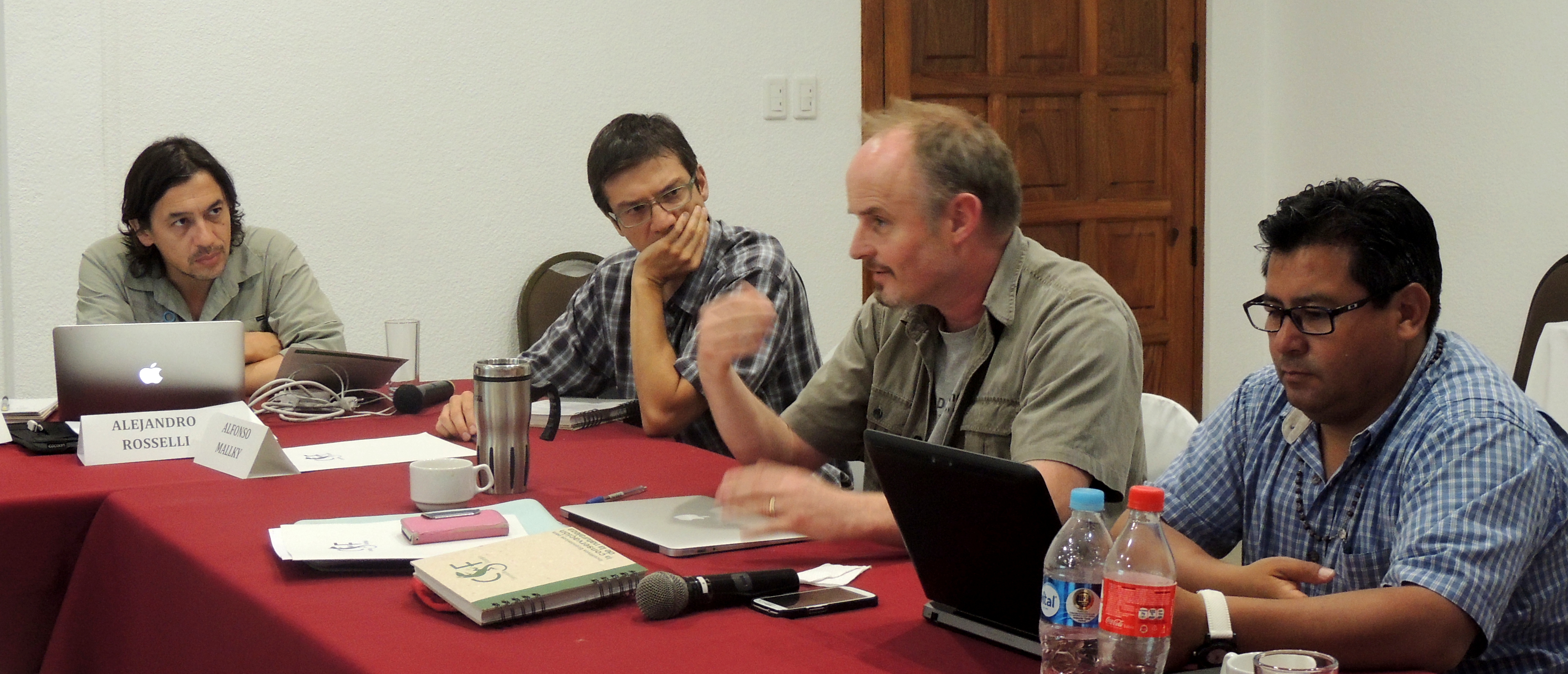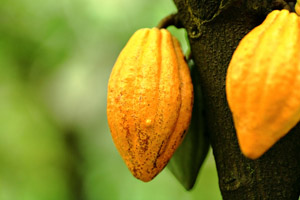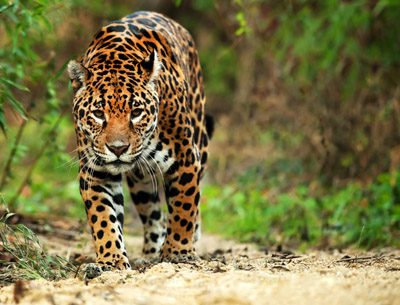News
Foto: Ana Gabriela Gómez Arancibia,Mesa de trabajo en el curso Incentivos Económicos para la Conservación de la Naturaleza. Santa Cruz de la Sierra - Bolivia.
Every day, support from donors like you makes our work possible. Are you willing to make a special year-end donation to help us protect ecosystems around the world?Please, click here to make your donation now.
Durante el mes de noviembre, Conservation Strategy Fund (CSF), en colaboración con la Autoridad de Fiscalización y Control Social de Bosques y Tierra (ABT) y la Universidad Amazónica de Pando (UAP), desarrolló de manera exitosa la segunda versión del curso Herramientas Económicas para la Evaluación de Factibilidad y Diseño de Negocios Sustentables, correspondiente a la gestión 2016, en instalaciones del Hotel Cortez de la ciudad de Santa Cruz de la Sierra, Bolivia.
CSF llevó a cabo en Noviembre un Taller Internacional de Expertos en Incentivos Económicos y Pagos por Servicios Ambientales. El objetivo del taller fue presentar y discutir diferentes temas en torno al diseño e implementación de esquemas de incentivos, con el fin de proporcionar insumos y recomendaciones para la construcción de un Mecanismo de Acuerdos de Conservación que CSF está diseñando para el norte amazónico de Bolivia, en coordinación con Conservación Internacional. Las recomendaciones de los expertos fueron de mucha utilidad para definir puntos centrales del diseño del mecanismo.
Foto: Ana Gómez
We found this long bridge that connected a rainforest community and consumers in the city,” says Alfonso Malky. “It was made of chocolate.”
In 2011, CSF’s Malky discovered a complex, but promising web of connections between economics, the environment, and the human condition when he created a market study for the Bolivian chocolate company Selva Cacao (“Jungle Chocolate”).
The Arbol de Piedra, or “Stone Tree,” is a lone 20-foot rock that has been sculpted by wind and sand to look like a resilient yet stunted tree. It’s a good metaphor for the tough life on the Andean high plains, and the icon of Bolivia’s Eduardo Abaroa National Wildlife Reserve.
Since 1998, Conservation Strategy Fund has been committed to making conservation efforts smarter through the use of economics. To celebrate, we're going to be sharing 15 stories over the course of the next few weeks. Each of these stories reflects how CSF's unique training and research programs equip people with the ability to both calculate and articulate the benefits of doing development right. Read our first story below and follow the series through our blog or on Facebook, and share your story at [email protected].

